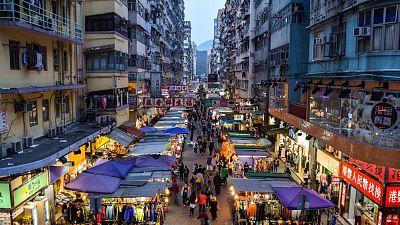Everything you need to know before booking flights to Hong Kong

After more than two years of stop-start border closures which have left Hong Kong effectively cut off from the world, the territory is finally due to reopen to tourists from 1 May.
But – there’s a major catch – because visitors will still be required to check into a quarantine hotel for seven days – even with a negative COVID test.
Under the new rules, travellers will need to submit to a rapid COVID test at the airport upon landing. Once the results have been processed, those with a negative test will be taken by government transfer to one of its designated quarantine hotels. The rules state that travellers must remain in their room for a full seven days.
Those with a positive test result will be moved to a government isolation facility for a minimum of seven days instead. So regardless of the state of your health upon entering Hong Kong, you will still end up with a minimum week-long stint in isolation under the long-awaited new rules.
